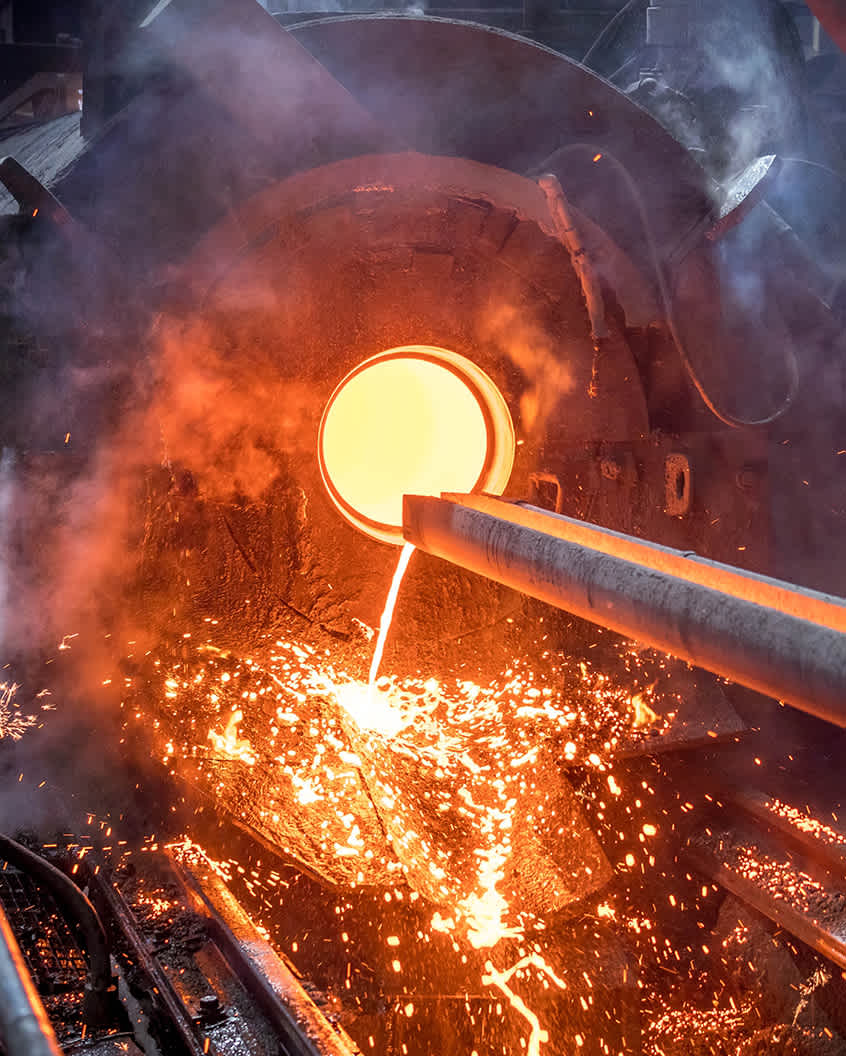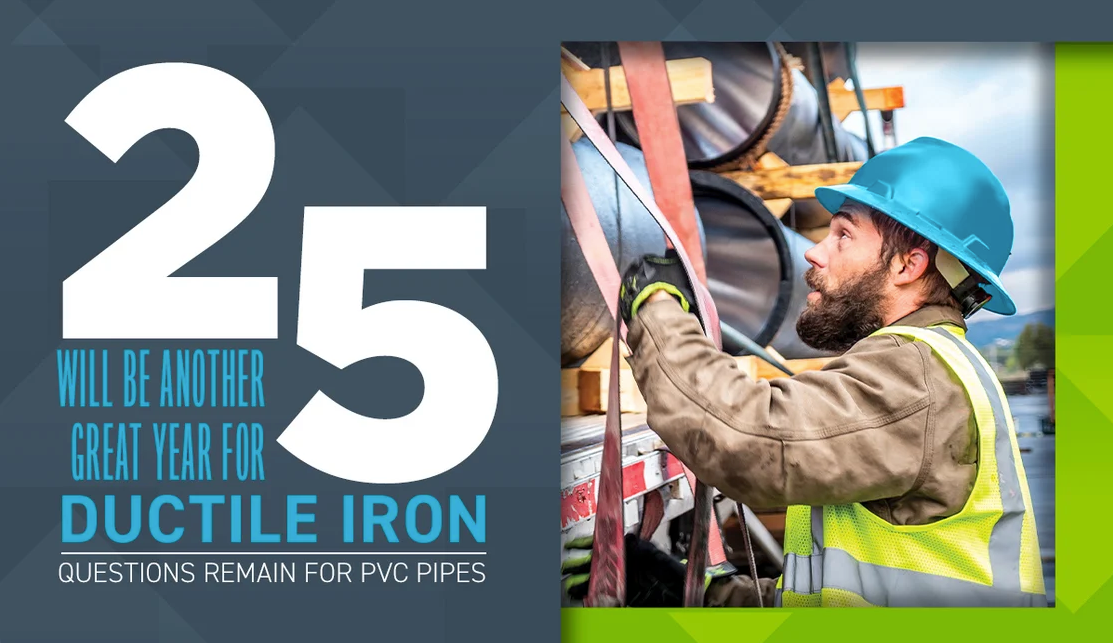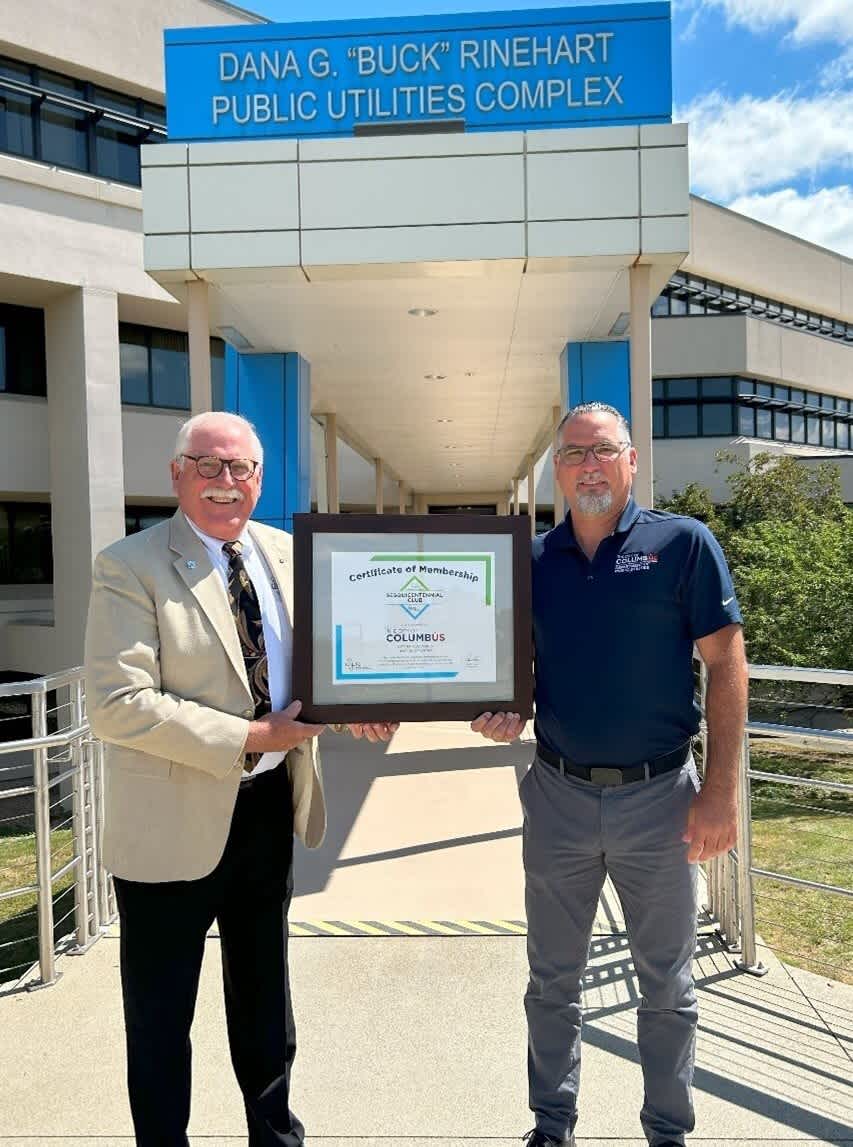
Time and Again: Iron-Strong Service Proven in Fact vs. Claim
Jul 26, 2017
DIPRA
Opportunistic efforts to place doubt on the ability of Ductile Iron Pipe to outperform its competition won’t deter those who have enjoyed the experience of operating and maintaining Ductile Iron Pipelines.
The advantage to discussing the value of Ductile Iron Pipe is that you can focus on its attributes rather than spend time and effort disparaging the competition. Iron pipe has such a wonderful history of service borne of its strength, its resilience, and the innovative work done by our industry to understand and improve the ability of Ductile Iron Pipe to perform. Because of these truths, the Ductile made today is stronger and more reliable than the iron pipe that was installed 100 years ago. The metallurgy is better, the manufacturing techniques are improved, the bottle-tight joints are easy to install, and our knowledge of engineering design has expanded tremendously. These innovations are the result of research and a dedication to provide the best pipe material possible.
There is a recognized need to upgrade and improve our water and wastewater infrastructures. When we talk about replacing our water infrastructure pipeline networks, we are often talking about replacing older iron pipe. A survey of water utilities conducted by the AWWA some years ago reported that 2 out of every 3 feet of pipe in service is made of iron (Opflow 2002), much of it installed a century or more ago. While those older pipes still serve, they were installed before corrosion mitigation techniques were developed, before modern earth and traffic loading models were introduced and before the many product improvements were achieved. Often, those pipes are being asked to carry loads and provide service that couldn’t have been imagined when they were installed.
Iron’s Ability to Take a Punch
It is the strength and resilience of iron pipe that has allowed it to serve as long as it has. We have a job to do to improve our water and wastewater infrastructure, no doubt. But, if not for iron and its ability to take a punch, the challenges we face could well have been even greater.
The oldest iron pipeline still in service provides water to the many fountains at the Palace at Versailles. Those pipes were installed in 1664. In North America, nearly 600 water utilities are members of the Cast Iron Pipe Century Club, 25 of which are also members of the Sesquicentennial Club. Those utilities have enjoyed a century or more of service from the iron pipe in their systems. The benchmark of a 100 year service life is an expectation derived from proven performance.
Expect a New Century of Service
We know so much more than we did generations ago. While those older pipes have served well, we can now design and build Ductile Iron Pipelines that will meet the benchmark of one century of service with definitive, comprehensive engineering. The success of these pipelines added to the knowledge gained from decades of research and experience gives us the realistic expectation that the pipe we install tomorrow will provide similar success.
The expectation of a century of service is bolstered by such evidence as provided in the AWWA report, “,” which indicated the service life for Ductile Iron Pipe installed using “evolved laying practices” as ranging between 105 and 120 years across all areas of the U.S.A. and all sizes of utilities. AWWA based the published expectations on a statistical analysis of data derived from “utilities’ current operating experiences, coupled with insights from extensive research and professional experiences with typical pipe conditions...” The data AWWA used was “published by the USEPA, the water industry, and the US Census Bureau.”
The Naysayers
Some of our competition, however, doesn’t like the AWWA report, especially the low service life predicted for PVC pipe – as low as 55 years in some areas. An environmental report by Sustainable Solutions Corporation (SSC report), which was based on funding and input from the Uni-Bell PVC Pipe Association, discounts the AWWA analyses as being “inaccurately... based on 1960-1970s perceptions,” but offers no substantiation or explanation for that statement.
This is only a minor example of the issues found in the SSC report, in which references are misrepresented (Rockaway 2007), mischaracterized (Burns 2005) or no longer available, even on the sponsor’s website (Uni-Bell 2002). All told, the derogatory claims made in the SSC report about other pipe materials brings us back to our original point. A primary theme of the SSC report is to attempt to lift up PVC pipe by downgrading its competition. In an attempt to convince utility professionals to specify PVC pipe, the report contains the kind of claims and assertions that can only be intended to deceive those who are unfamiliar with the everyday responsibilities of maintaining a pipeline infrastructure.
True Value
Opportunistic efforts to place doubt on the ability of Ductile Iron Pipe to outperform its competition won’t deter those who have enjoyed the experience of operating and maintaining Ductile Iron Pipelines. Just ask them. Those professionals know the true value of Ductile to their operations, and to the customers they have dedicated their careers to serve. “Value” is the watchword we use when talking about Ductile Iron Pipe; value that is derived from Ductile’s strength and resilience and its proven record of performance; value that makes Ductile Iron Pipe the most cost-effective solution for our municipal pipeline infrastructure.






